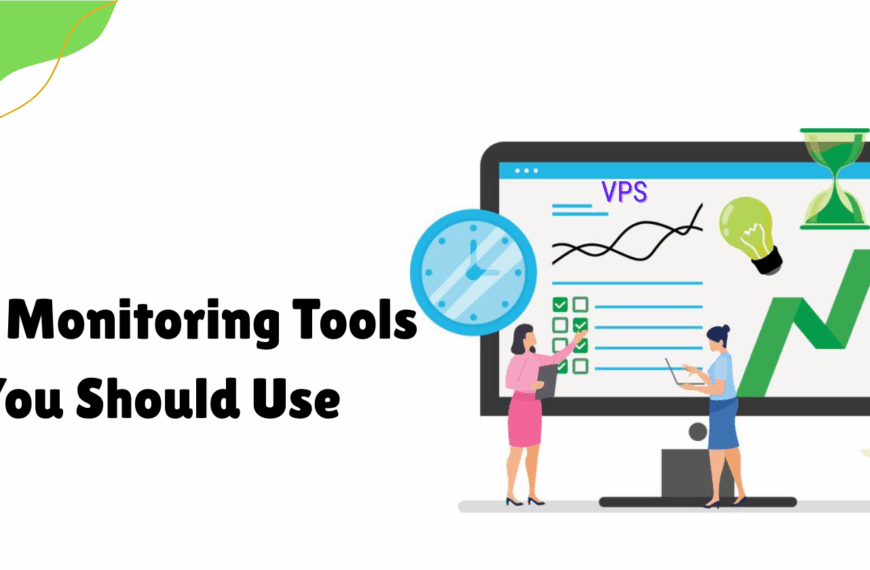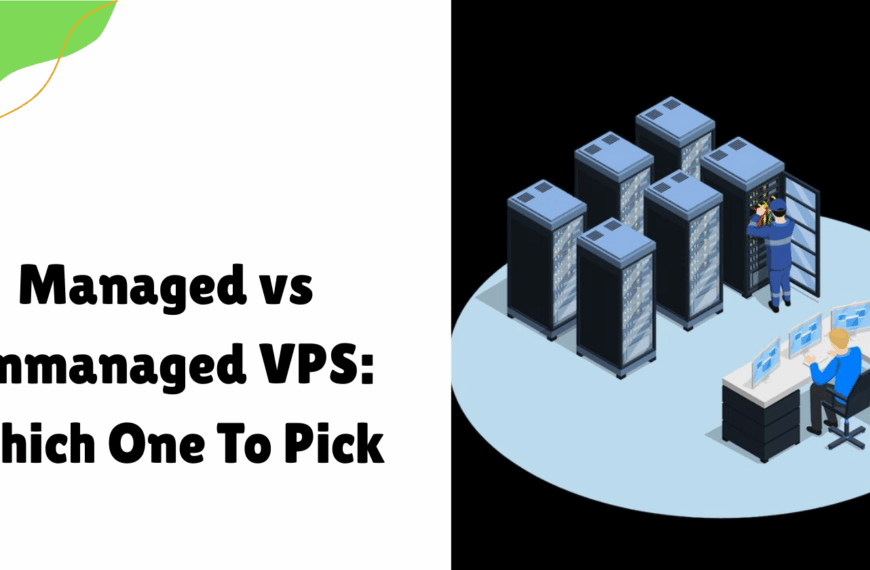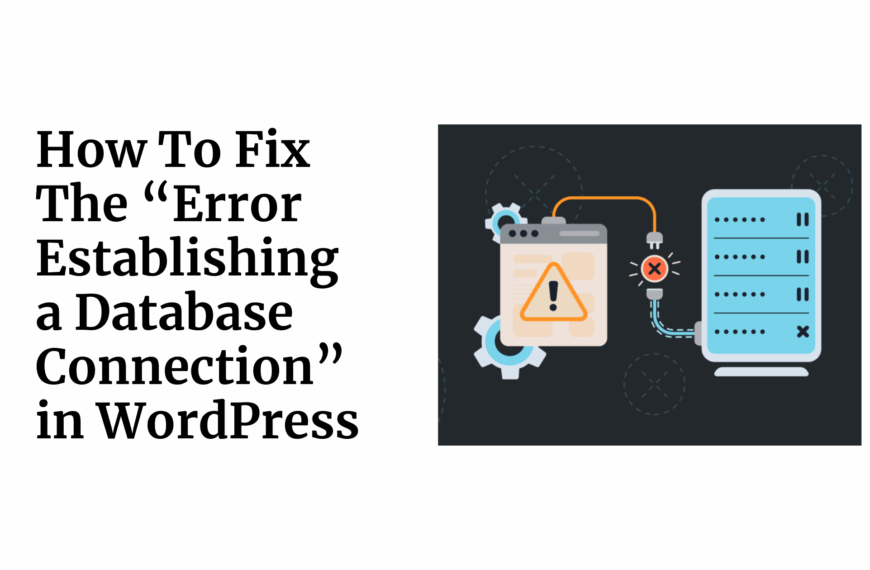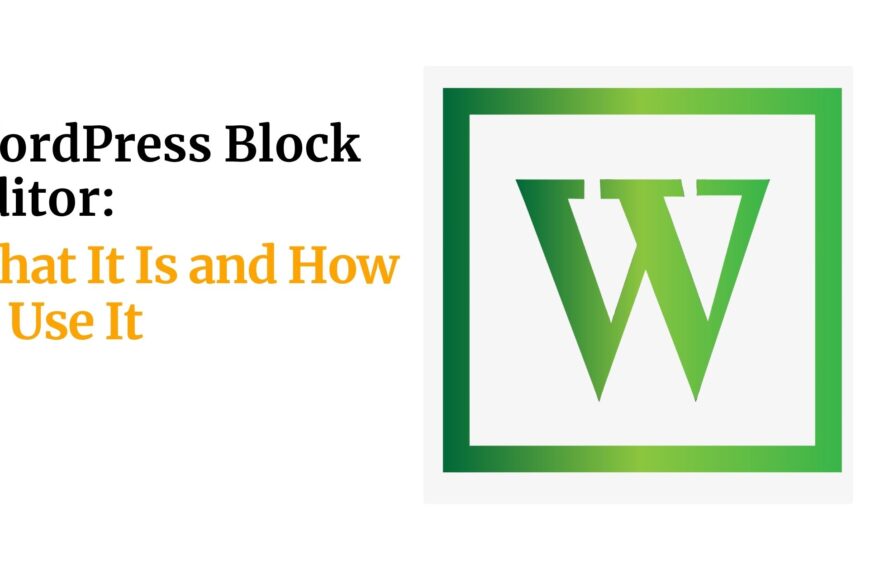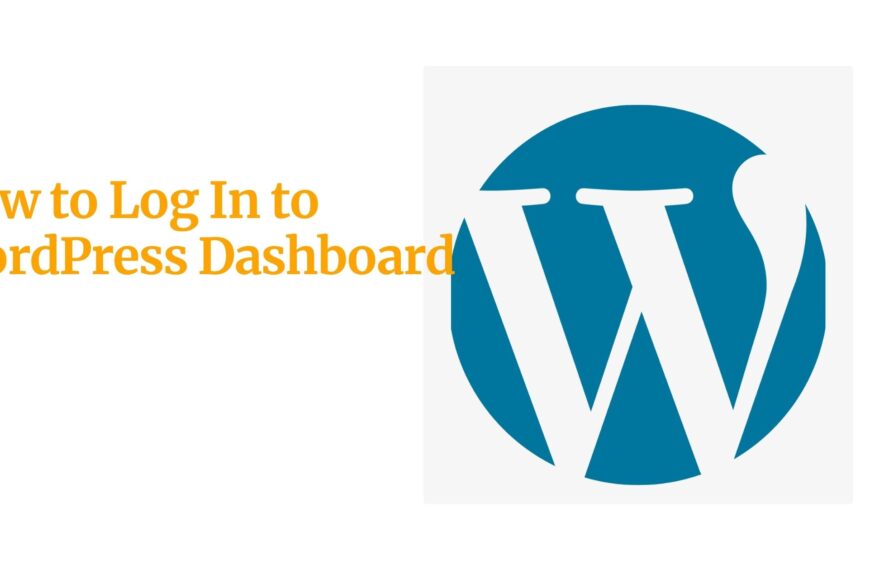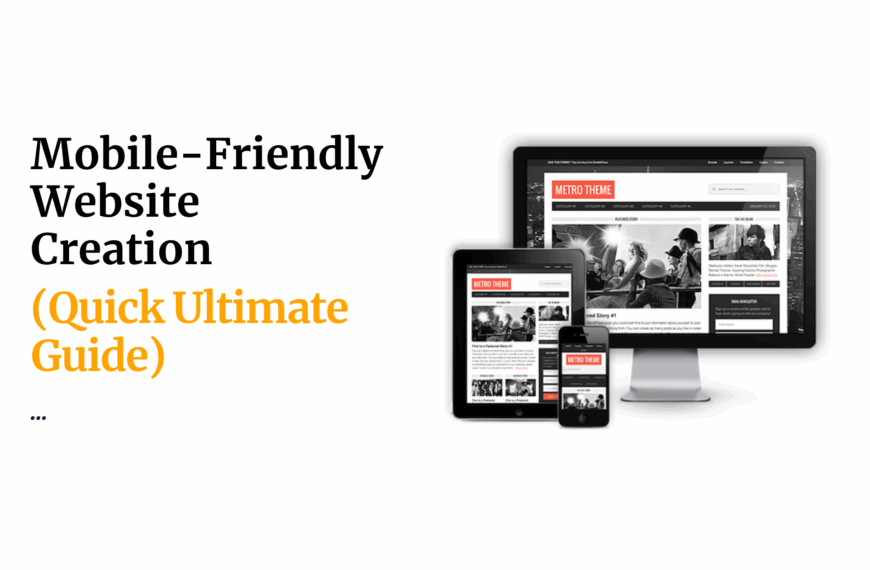If you’re looking to expand your website’s reach, you might be wondering how to create a multilingual website with WordPress.
A multilingual website allows you to cater to a global audience, breaking down language barriers and opening doors to new markets.
With WordPress, you can achieve this seamlessly, even if you’re not a tech expert.
In this guide, I’ll walk you through every step to ensure you can easily set up a multilingual website that performs well and provides a great user experience.
Table of Contents
What You’ll Need To Create a Multilingual Website With WordPress
Before we get into how to create a multilingual website with WordPress, let’s make sure you have everything you need to get started.
Here’s a quick checklist:
- WordPress Installed and Setup: The foundation of your site.
- A Multilingual Plugin: There are several options available, such as WPML, Polylang, and TranslatePress.
- A Theme Compatible with Multilingual Plugins: Not all themes work well with multilingual setups, so check compatibility.
- Language Files or Translations: Whether manual or automated, you’ll need translations for your content.
- SEO Plugin for Multilingual Sites: To ensure your multilingual site ranks well on search engines.
Having these tools and resources in place will make the process much smoother, saving you time and potential headaches down the road.

Step-by-Step Instructions To Create a Multilingual Website With WordPress
Now, let’s get into the nitty-gritty of how to create a multilingual website with WordPress.
Follow these steps to get your site up and running in multiple languages.
Step 1: Choose the Right Multilingual Plugin
The first step in creating a multilingual website is choosing the right plugin.
Your choice of plugin will largely depend on your specific needs, so let’s explore a few options:
- WPML (WordPress Multilingual Plugin): A powerful option with extensive features. Best for complex sites with a lot of content.
- Polylang: A more lightweight option that’s free, with premium add-ons. Ideal for smaller sites.
- TranslatePress: Allows you to translate your site directly from the front-end. Great for visual learners.
Tips: If you’re running an e-commerce site, WPML might be the best fit due to its compatibility with WooCommerce.
Step 2: Install and Configure the Plugin
Once you’ve selected your plugin, the next step is to install it. Here’s how:
- Go to your WordPress dashboard.
- Navigate to Plugins > Add New.
- Search for your chosen plugin (e.g., WPML, Polylang, or TranslatePress).
- Click Install Now and then Activate.
After installation, follow the setup wizard to configure the plugin according to your site’s needs.
Warnings: During installation, avoid activating multiple multilingual plugins simultaneously, as they can conflict with each other and cause issues.
Step 3: Add Languages to Your Site
With your plugin installed, it’s time to add new languages:
- In your plugin’s settings, find the option to add languages.
- Select the languages you want to add. Most plugins offer a wide range of language options.
- Set a default language for your site.
Tips: Prioritize adding languages that are most relevant to your target audience. For instance, if you’re targeting a European market, consider adding French, German, and Spanish.
Step 4: Translate Content
Now comes the fun part—translating your content.
Depending on the plugin, you can translate content in various ways:
- Manual Translation: Translate content yourself or hire a professional translator.
- Automatic Translation: Use tools like Google Translate, but be aware that these might not always be accurate.
- Professional Translation Services: Some plugins, like WPML, offer integration with professional translation services.
Always review and edit automatic translations for accuracy and cultural sensitivity. Poor translations can damage your brand’s reputation.
Step 5: Adjust Your Site’s Navigation
Your site’s navigation needs to reflect the multilingual setup.
Here’s how to adjust it:
- Language Switcher: Most plugins allow you to add a language switcher to your site’s header, footer, or menu.
- Menus: Create separate menus for each language, or configure your existing menus to adapt based on the selected language.
Place the language switcher in a prominent location where visitors can easily find it.
The top-right corner of your site is often a good spot.
Step 6: Optimize for Multilingual SEO
SEO is crucial for driving traffic to your multilingual site.
Here’s what you need to do:
- Hreflang Tags: These tags tell search engines which language and region a page is targeting, helping to avoid duplicate content issues.
- SEO Plugins: Use plugins like Yoast SEO or Rank Math that are compatible with multilingual sites.
- Localized Keywords: Optimize each language version of your site with relevant, localized keywords.
Tip: Conduct keyword research for each language separately.
What works in English may not work in French or Spanish.

Tips To Successfully Build a Multilingual WordPress Website
When you’re figuring out how to create a multilingual website with WordPress, there are several best practices that can help you avoid common pitfalls and ensure a smooth and successful implementation.
Here’s are some tips that will set you on the path to success:
#1. Prioritize Consistency Across Your Site
One of the most important aspects of running a multilingual website is maintaining consistency across all languages.
This means ensuring that every piece of content, from your homepage to your blog posts, is translated and presented in the same way.
Inconsistent translations or leaving certain parts of your site untranslated can create a disjointed user experience and may even confuse your visitors.
- Create a checklist of all the content types that need translation, including posts, pages, menus, widgets, and even custom post types. This will help you ensure nothing is overlooked.
- Use the same tone and style across all translations to maintain brand voice and coherence.
#2. Enhance User Experience with Intuitive Navigation
A seamless user experience is critical to the success of your multilingual site.
This includes making it easy for users to switch between languages and navigate your site.
- Position the language switcher in a prominent place on your site, like the top menu or header. The easier it is for users to find and switch languages, the better their experience will be.
- Use flags sparingly. While they’re a popular choice for language switchers, flags can sometimes lead to confusion or misrepresentation. Instead, consider using language names or abbreviations.
#3. Optimize for Speed and Performance
Multilingual sites can sometimes be slower due to the added content and complexity.
Speed is crucial for both user experience and SEO rankings.
- Use a Content Delivery Network (CDN) to serve your site’s content from servers close to your visitors. This can significantly reduce load times.
- Optimize images for all languages, and use lazy loading to improve page load times. Compress images without losing quality to ensure your site remains fast across all languages.
- Implement caching mechanisms using plugins like WP Super Cache or W3 Total Cache, which work well with multilingual sites.
#4. Focus on Multilingual SEO
SEO is crucial for driving traffic to your site, and it becomes even more important when you’re managing a multilingual site.
Ensuring that each language version of your site is optimized for search engines is key to reaching your global audience.
- Research localized keywords for each language. What works for English might not be the best keyword in French or Spanish. Use tools like Google Keyword Planner or Ahrefs to find the most relevant keywords for each language.
- Utilize hreflang tags to indicate to search engines which language and region each page is targeting. This helps avoid duplicate content issues and improves your site’s visibility in search results.
- Consider creating a separate sitemap for each language. This can help search engines crawl and index your multilingual content more effectively.
Read also: #6 Must-Have WordPress SEO Plugins in South Africa
#5. Regularly Update Your Translations
Content on your website will evolve over time, and so should your translations.
Keeping your translations up-to-date ensures that all versions of your site provide accurate and relevant information to your audience.
- Set a regular schedule to review and update translations, especially if you frequently add new content. Even small changes in the source language should be reflected in all translations.
- Consider using a translation management service or tool that can track changes and updates across languages, making it easier to maintain consistency.
#6. Leverage Professional Translation Services
While automatic translation tools like Google Translate can be useful for a quick draft, they often lack the nuance and accuracy needed for professional websites.
Investing in professional translation services can significantly improve the quality of your multilingual content.
- Use professional translators who are native speakers of the target language. They will be more attuned to cultural nuances and can ensure that the translation resonates with the local audience.
- If budget is a concern, prioritize professional translations for key pages like your homepage, product pages, and important blog posts. You can use a combination of professional and automatic translations depending on the content’s importance.
#7. Monitor and Analyze Multilingual Performance
Once your multilingual site is live, it’s essential to monitor its performance across all languages.
This will help you identify any issues early and make data-driven decisions to improve your site.
- Use tools like Google Analytics and Google Search Console to track how each language version of your site is performing. Look at metrics like bounce rate, time on site, and conversion rates for each language.
- Pay attention to user behavior in different languages. For example, users in one country might navigate your site differently than those in another, which could inform changes to your site’s layout or content.
- Set up alerts for any sudden drops in traffic or rankings for specific languages, so you can quickly investigate and resolve issues.
#8. Ensure Compliance with Local Laws and Regulations
Different countries have different regulations regarding website content, especially when it comes to privacy and data protection.
Ensuring compliance with local laws is crucial for avoiding legal issues and building trust with your audience.
- Familiarize yourself with local regulations, such as the GDPR in Europe, and ensure your site complies with them. This might include adding privacy policies, cookie consent forms, and other legal disclaimers in the appropriate language.
- Consider consulting with a legal expert in the countries you’re targeting to ensure full compliance.
Remember, the key is to keep your audience in mind at every step, ensuring that your site is accessible, user-friendly, and optimized for search engines across all languages.
Common Mistakes to Avoid
When learning how to create a multilingual website with WordPress, avoid these common pitfalls:
- Ignoring SEO Settings: Failing to properly configure SEO for each language can lead to lower search engine rankings.
- Inconsistent Translations: Leaving some parts of your site untranslated or using poor-quality translations can confuse users and hurt your brand.
- Complicated User Interface: Make sure your language switcher is easy to find and use.
- Overloading with Languages: Don’t add more languages than necessary. Focus on the ones that matter to your audience.
Troubleshooting
Sometimes things don’t go as planned.
Here are common issues you might face and how to fix them:
- Plugin Conflicts: If your multilingual plugin isn’t working as expected, deactivate other plugins one by one to identify the conflict.
- Translation Errors: Review your translations to ensure they’re accurate. Consider hiring a professional translator if needed.
- Site Performance Issues: Adding multiple languages can slow down your site. Optimize images and use caching plugins to maintain speed.
Alternative Ways To Create a Multilingual Website With WordPress
If the standard approach to how to create a multilingual website with WordPress doesn’t fit your needs, consider these alternatives:
Alternative 1: Manual Translation Without Plugins
If you prefer not to use plugins, you can manually create separate pages or posts for each language.
This approach gives you complete control over your translations but is time-consuming and harder to manage.
Alternative 2: Using a Different CMS
WordPress isn’t the only platform for creating multilingual sites.
CMS options like Joomla and Drupal offer robust multilingual features as well.
These platforms might be better suited for large, complex websites with advanced needs.
When and why to use these alternatives
- Manual Translation: Best for small sites with minimal content where accuracy is critical.
- Different CMS: Ideal for large enterprises or when specific features of Joomla or Drupal are needed.
Final Thoughts
Creating a multilingual website is a powerful way to grow your audience and make your content accessible to people worldwide.
If you follow the steps outlined in this guide, you now know how to create a multilingual website with WordPress that not only looks great but also performs well.
Remember to stay consistent, keep your users in mind, and avoid common mistakes to ensure success. Now, it’s time to take action and start building your multilingual site!
FAQs
Do I need a separate domain for each language?
Not necessarily. You can use subdomains (e.g., en.yoursite.com) or subdirectories (e.g., yoursite.com/en/) for different languages.
Can I use Google Translate to create a multilingual site?
While you can use Google Translate, it’s not recommended for professional sites due to potential inaccuracies.
How many languages should I add to my site?
Focus on the languages most relevant to your audience. It’s better to have a few well-translated languages than many poorly-translated ones.
Read also:
 Web Hosting
Web Hosting Windows HostingBuilt for Windows apps and websites – stability, speed and flexibility
Windows HostingBuilt for Windows apps and websites – stability, speed and flexibility Reseller HostingLaunch a hosting business without technical skills or expensive infrastructure
Reseller HostingLaunch a hosting business without technical skills or expensive infrastructure Affiliate ProgramRefer customers and earn commissions from sales across our platform
Affiliate ProgramRefer customers and earn commissions from sales across our platform Domain SearchFind and secure a domain name in seconds with our quick lookup tool
Domain SearchFind and secure a domain name in seconds with our quick lookup tool CO ZA Domains
CO ZA Domains All DomainsExplore domain names from over 324 TLDs globally – all in one place
All DomainsExplore domain names from over 324 TLDs globally – all in one place Free Whois Lookup Tool South Africa
Free Whois Lookup Tool South Africa VPS
VPS SSLs
SSLs


